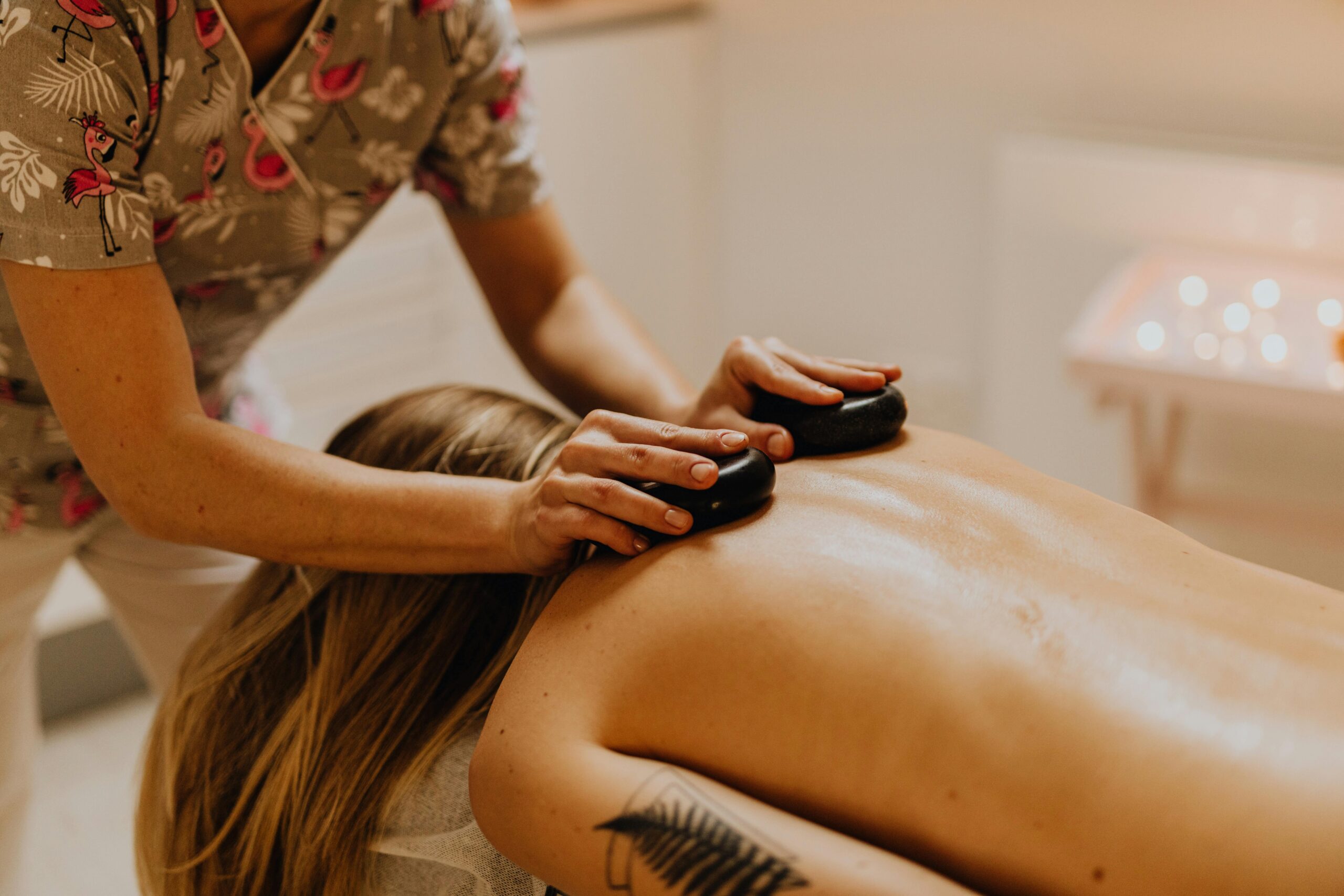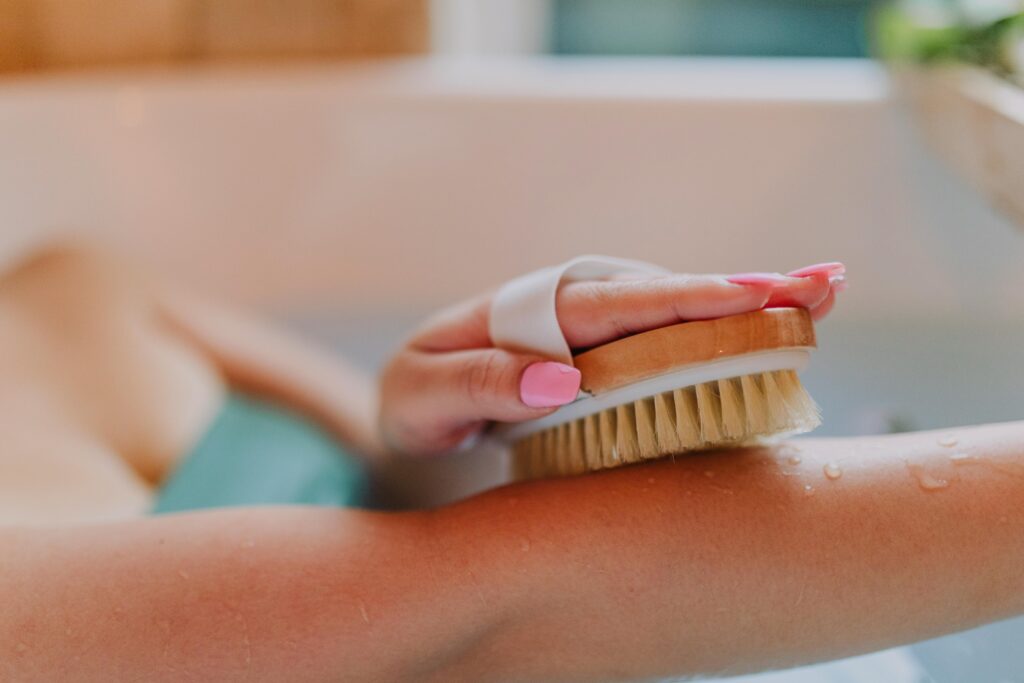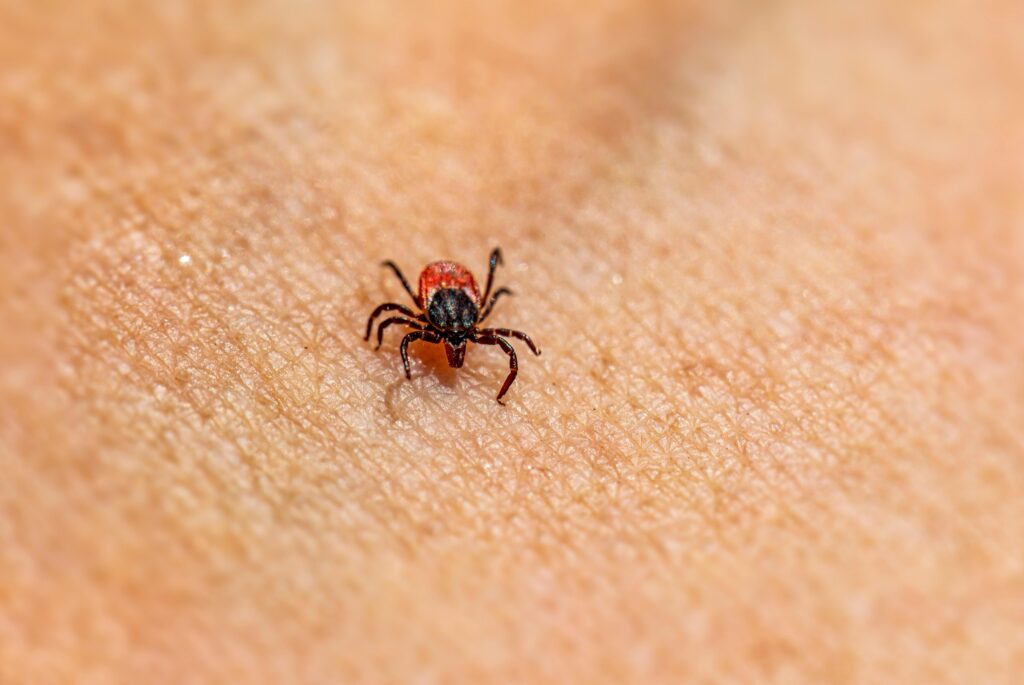Ever wondered why your dog shakes off mid-brush like they just escaped a rainstorm? Chances are you’re missing out on massaging benefits—and it’s making grooming sessions feel like mortal combat.
Grooming is more than just aesthetics. It’s about bonding, comfort, and overall well-being. Dive into this guide to discover how bristle brushes aren’t just tools but therapeutic devices that bring untold massaging benefits to your furry friend. You’ll learn why these benefits matter, how to use bristle brushes correctly, tips for maximizing results, real-world examples, FAQs, and more!
Table of Contents
- Key Takeaways
- Problem: Why Does My Dog Hate Being Brushed?
- Step-by-Step Guide to Mastering Bristle Brushes
- Best Practices for Optimal Massaging Benefits
- Real-World Examples of Happy Pets
- Frequently Asked Questions About Bristle Brushes
Key Takeaways
- Bristle brushes provide soothing massage-like stimulation during grooming.
- The right technique strengthens the bond between pet and owner while reducing shedding.
- Pets with sensitive skin benefit most from high-quality, natural fiber bristles.
- Consistency is key—short daily sessions beat sporadic marathons.
- Avoid cheap synthetic brushes—they can lead to irritation or damage.
Problem: Why Does My Dog Hate Being Brushed?
Picture this: You’re armed with what seems like a perfectly harmless brush, ready to remove tangles from Fido’s coat. But instead of relaxing, he looks at you as if you’ve betrayed him. What gives?
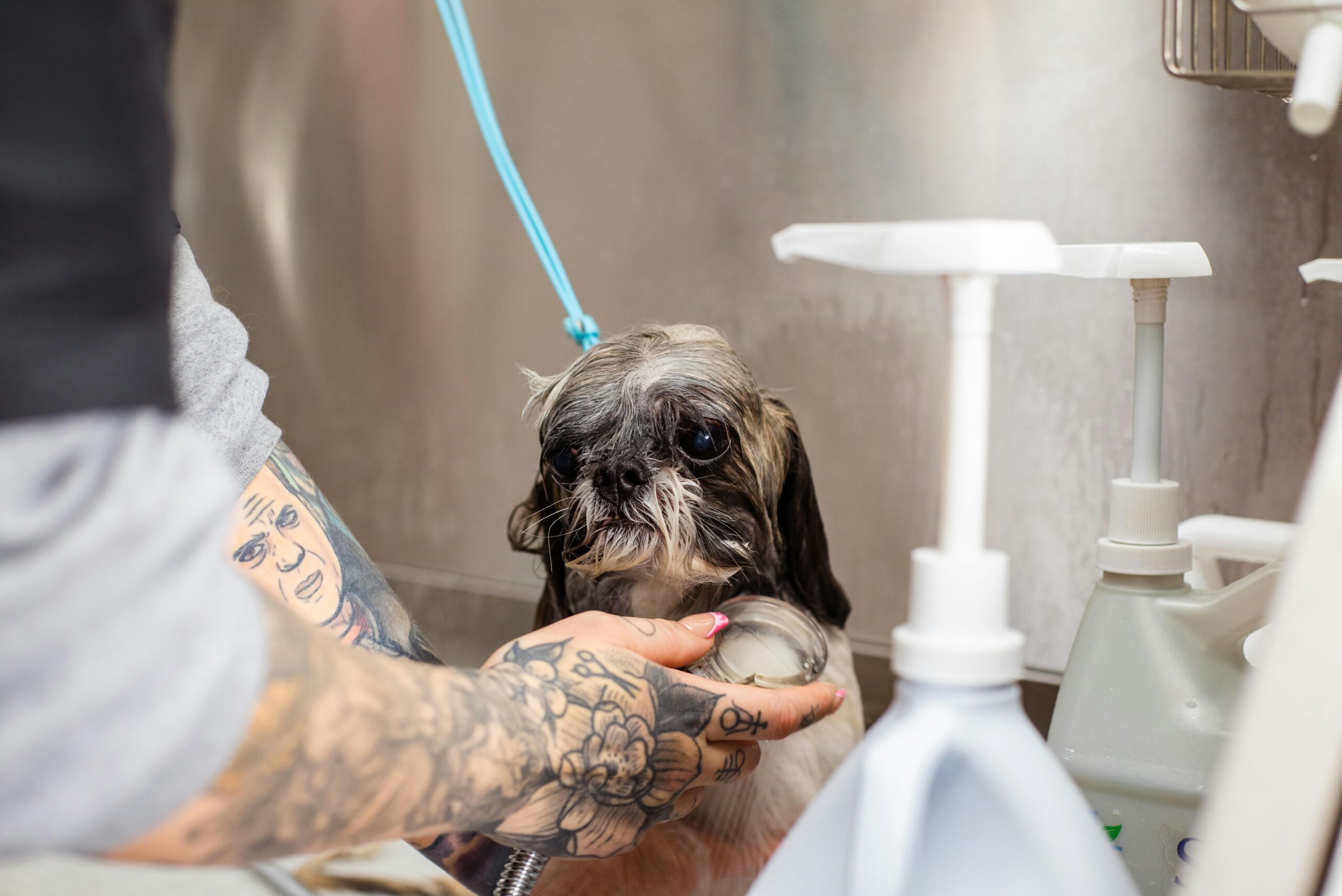
Spoiler alert—it’s often not the act itself but the poor execution. Many pet owners make two critical mistakes:
- Wrong Brush Type: Harsh materials scratch delicate skin, creating discomfort.
- Lack of Technique: Applying too much pressure turns grooming into punishment rather than pampering.
This is where bristle brushes shine (literally). Designed specifically for massaging benefits, these tools mimic gentle strokes, calming your pet and promoting blood circulation—an instant win-win.
Step-by-Step Guide to Mastering Bristle Brushes
Let’s break down how to harness those glorious massaging benefits without turning your pup into an escape artist:
Step 1: Choose the Right Brush
Not all bristle brushes are created equal. Look for options made with soft, natural fibers like boar hair. These glide smoothly over fur without snagging or scratching.
Step 2: Prep the Environment
Create a zen zone by ensuring minimal distractions. Play calming music (yes, pets respond to soundscapes) and grab some treats for positive reinforcement.
Step 3: Use Smooth, Gentle Strokes
Optimist You: “This feels amazing!”
Grumpy You: “Unless you Hulk-smash through their fur.”
Start slow and light. Imagine painting watercolor—not scrubbing tile grout. Work in sections, following the direction of fur growth.
Step 4: Reward Consistency
Dogs thrive on routine. Aim for short daily sessions over once-a-week marathons. Pair each session with praise or snacks to create happy associations.
Best Practices for Optimal Massaging Benefits
To get the most bang for your bristle brush buck, keep these tips in mind:
- Know Your Breed: Double-coated breeds need different care compared to single-coated ones.
- Check Sensitivity Zones: Avoid areas like tails or ears unless your pet explicitly enjoys it.
- Clean Your Tools Regularly: Dirty brushes harbor bacteria. Wash them weekly with mild soap and water.
- Avoid Terrible Tip™: Never use human hairbrushes. They’re designed differently and could hurt your pet.
Real-World Examples of Happy Pets
Meet Bella—a golden retriever who *hated* being brushed until her owner switched to a high-end boar bristle brush. Within weeks, she went from squirming away to actively seeking out grooming time. Owner testimony: “Her coat shines now, but honestly, I think we both look forward to our spa days together.”
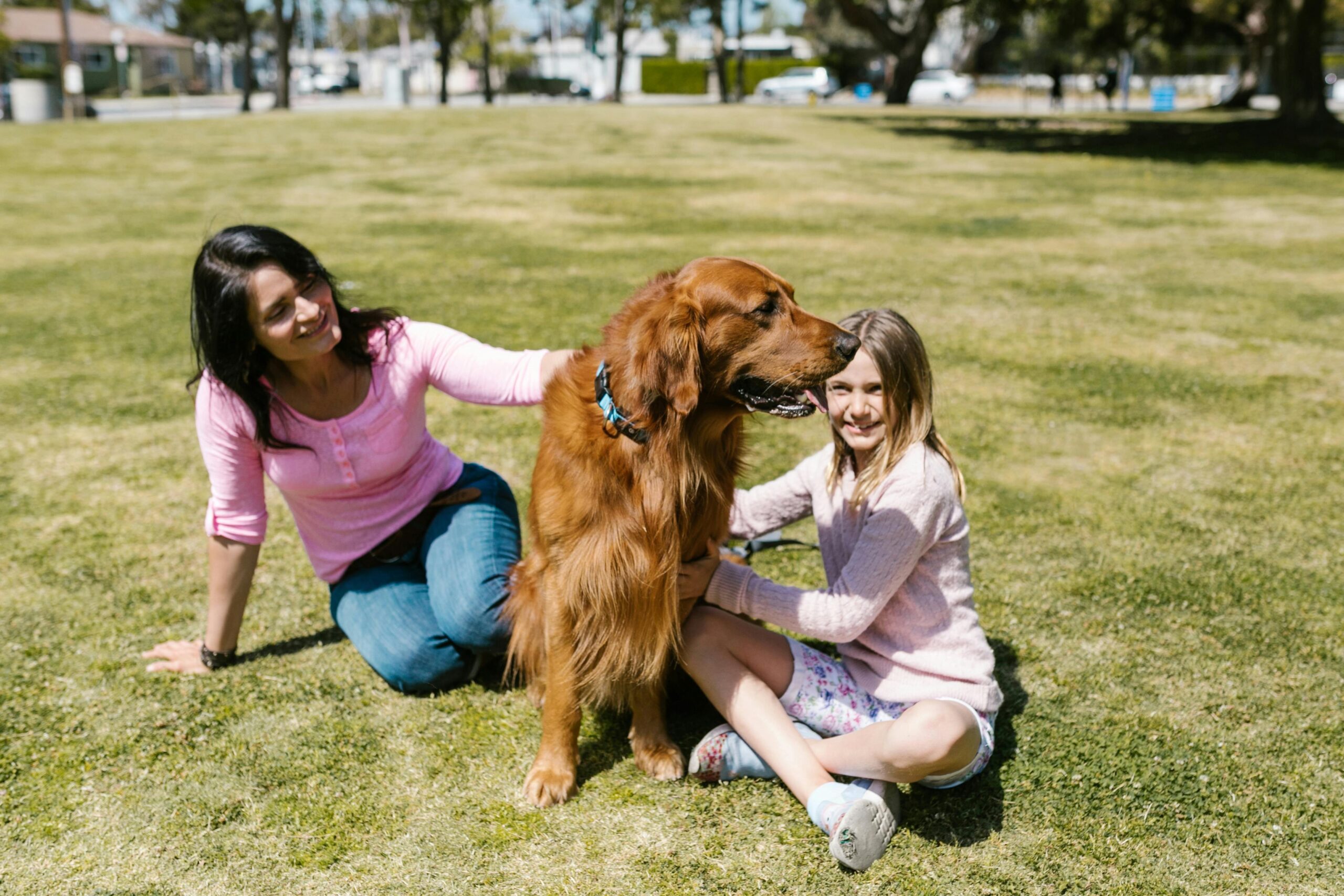
Another success story comes from Max, a rescue poodle. His grooming aversion stemmed from past trauma—but switching techniques transformed his perspective entirely. The takeaway? Patience + proper tools = transformation.
Frequently Asked Questions About Bristle Brushes
Q: Are bristle brushes suitable for cats?
Absolutely! Cats love grooming almost as much as they love napping. Soft bristle brushes help distribute their natural oils, keeping their coat healthy and shiny.
Q: Can bristle brushes reduce shedding?
Yes! Regular brushing removes loose hairs before they end up on your couch. Bonus points for reduced allergens floating around your home.
Q: How often should I clean my bristle brush?
At least once a week. Dirty brushes not only lose effectiveness but can also irritate your pet’s skin.
Conclusion
Bristle brushes aren’t just grooming accessories—they’re game-changers packed with massaging benefits that enhance your pet’s health and happiness. By choosing the right tool, applying correct techniques, and sticking to best practices, you’ll transform dreaded chores into cherished moments.
So next time someone asks, “What’s your grooming secret?” Smirk knowingly and say: *“Bristle brushes. Chef’s kiss.”*
Like a Tamagotchi, your pet’s coat needs daily TLC. Now go forth and pamper!
